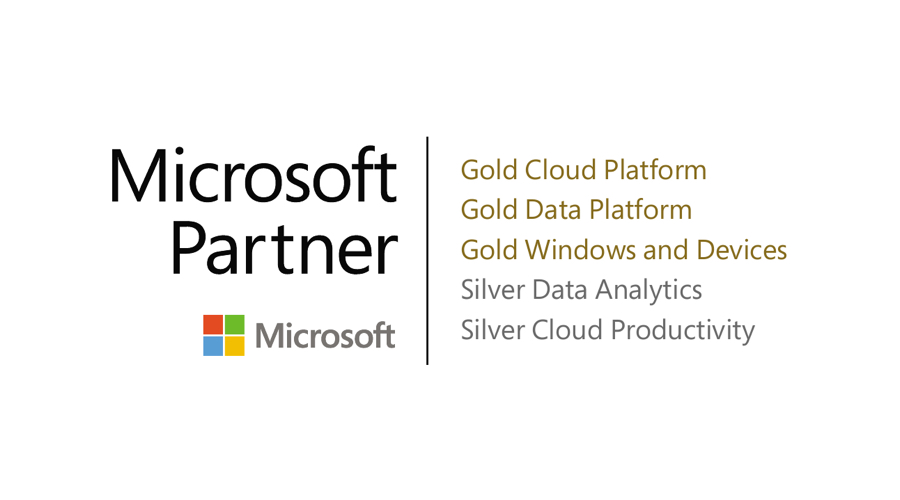The answer to number one is no. VDS is completely optional, not required and nearly everything I talk about in the presentation is available to you without VDS. VDS enables some really cool functionality that is much more difficult and more involved to do on your own. VDS by itself does not do anything that is completely magic and undoable in Azure, on your own. However, we have found that for a lot of our customers, WVD might be the first really serious Azure thing they do. And Azure is incredibly flexible but it’s different. To do advance stuff you need to learn a fair amount of power shell. If that’s your first foray into Azure, the VDS console gives you a familiar gooey based environment for IT admins and some power users to work with their environment without having to wade into the deep in of the Azure pool. So it can be very useful, but it is completely not necessary.
The way that it works is there is a small server that is installed in your Azure environment, it’s like a $30 a month server and we always include that cost when we’re doing full price analysis to make sure it makes sense. We install a platform management server, it’s not required to be functional, it doesn’t prevent people from accessing the service, but it enables a bunch of extra functionality. We can add that into a running environment, it connects to you Azure active directory and then it’s actually connected to the control plane of Azure, so it has control over your host servers. But we can put it into a working environment, and we can rip it out of an environment without tearing anything down or getting in the middle of it. That was a very important key to us when we selected NetApp VDS. It actually used to be called Cloud Jumper and they were acquired by NetApp long ago. We selected that tool specifically because it enables, we can put it in and rip it out without hurting things. There are other tools available that have similar functionality, but they didn’t meet those requirements.

Recent Posts
- Thinking About Leaving GoDaddy? Discover How to Gain Full Control of Your Microsoft Tenant and Boost Security
- 5 Advanced Security Features of Azure Virtual Desktop for Enterprise Protection
- Top 10 Questions IT Leaders Ask About Azure Virtual Desktop (AVD)
- How Azure Virtual Desktop Simplifies Remote and Hybrid Work for IT Leaders
- Azure Virtual Desktop vs. Windows 365: Which Cloud Desktop Solution is Right for Your Business?
